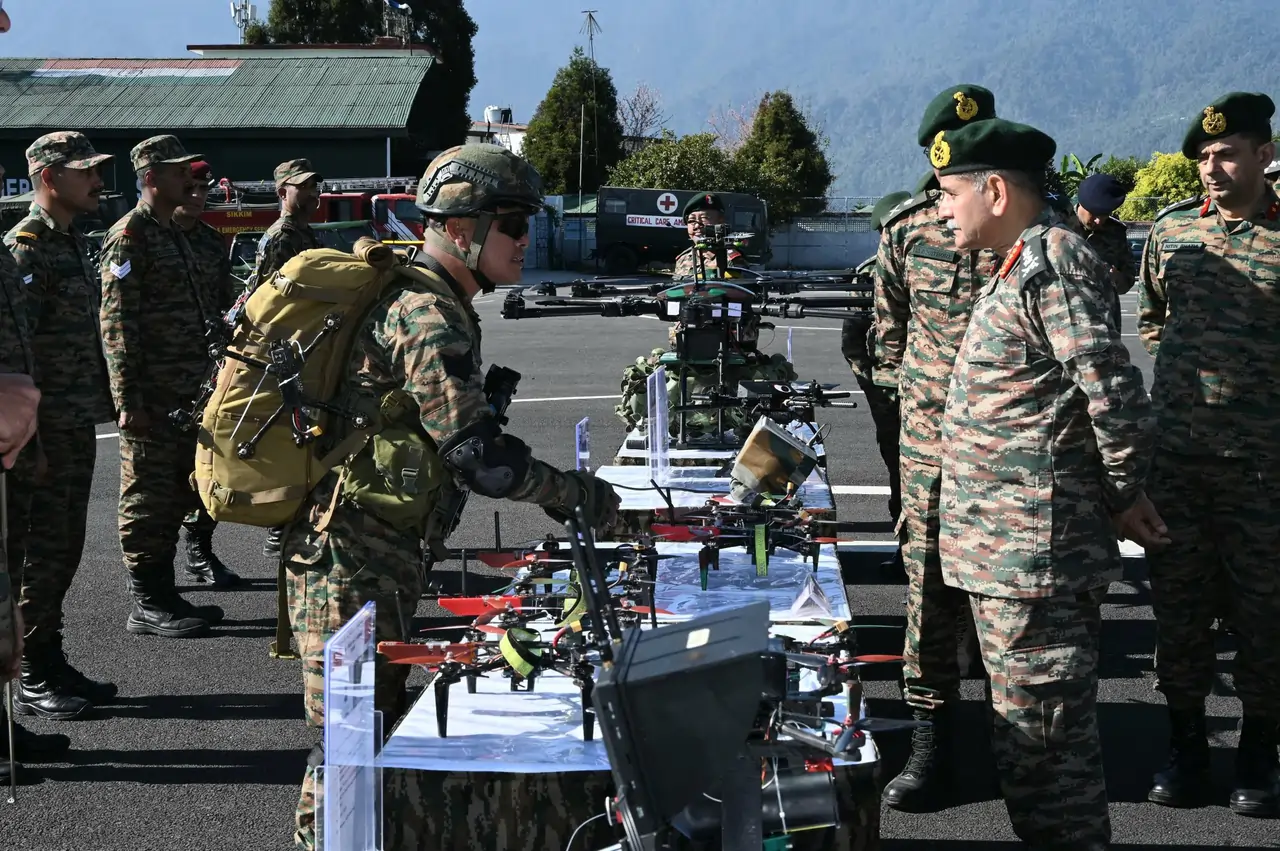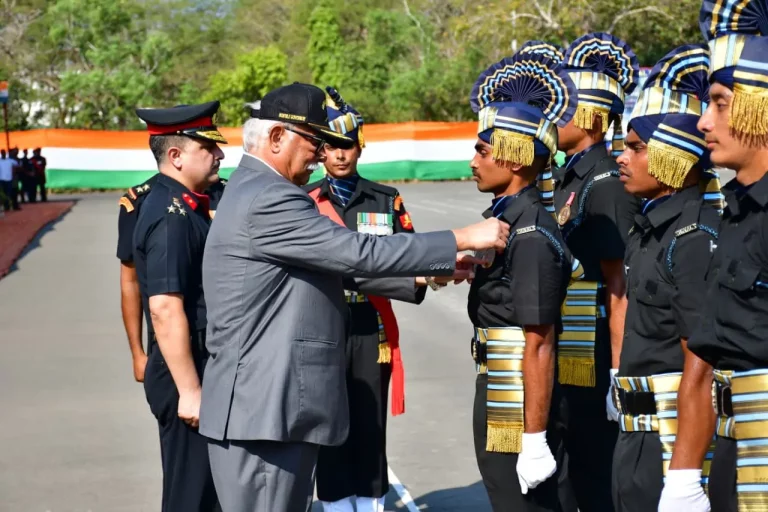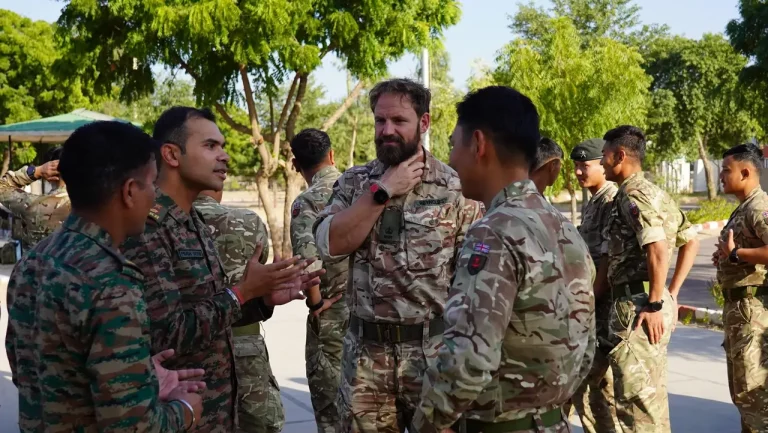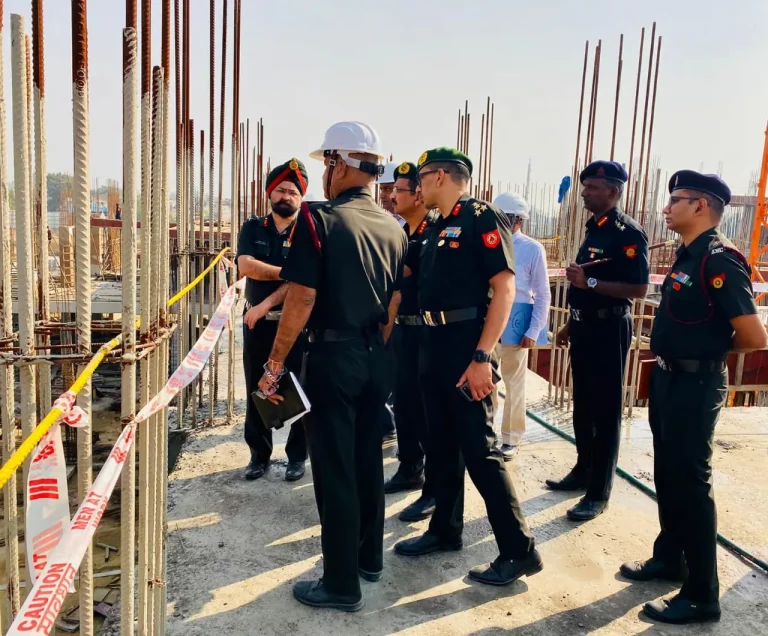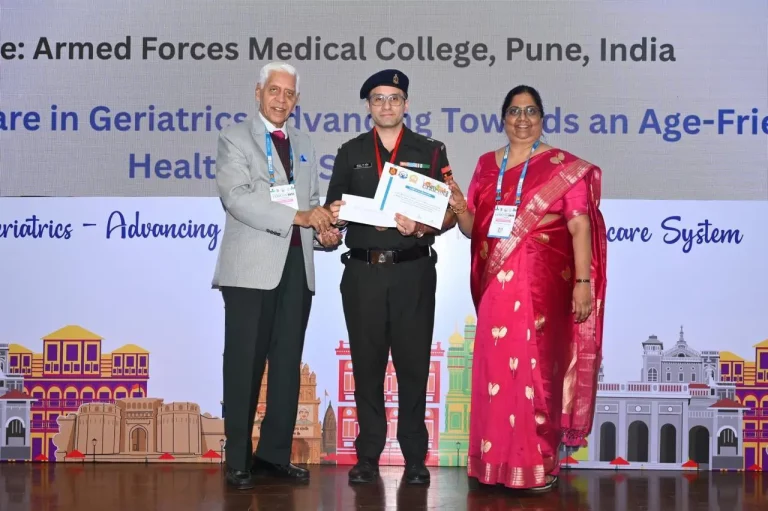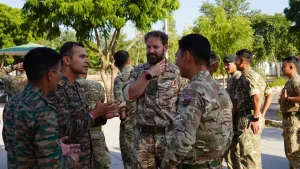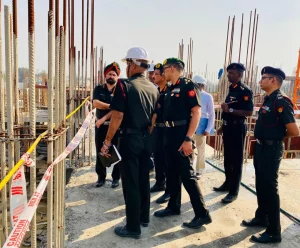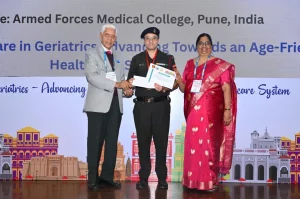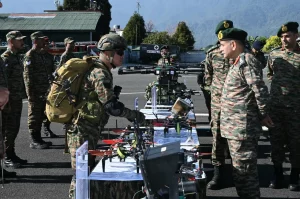General Upendra Dwivedi, the Chief of the Army Staff (COAS), recently visited the forward posts of the 17 Mountain Division, renowned as the Black Cat Division, located in the sensitive Eastern Sector along the Line of Actual Control (LAC). This division, which is based in Gangtok, plays a crucial role in securing Sikkim’s borders and is tasked with operations in some of the most challenging high-altitude terrains worldwide.
During his visit, General Dwivedi received detailed briefings from formation commanders regarding the current operational landscape, the readiness of the division, and various initiatives aimed at enhancing combat capabilities through technological advancements and infrastructure improvements. A notable feature of the visit was a live demonstration of indigenously developed unmanned aerial vehicles (UAVs), which have been increasingly utilized under India’s Atmanirbhar Bharat initiative. These drones are key to improving real-time surveillance, reconnaissance, and situational awareness in the region’s difficult mountainous environments.
In his address to the troops stationed at these remote outposts, General Dwivedi conveyed deep appreciation for their exceptional professionalism, resilience, and commitment to their duties despite facing extreme weather conditions, high-altitude physiological stresses, and operational demands. He underscored the vital role that the Black Cat Division plays in maintaining vigilance along the strategically significant frontier and commended their significant contributions to national security.
The COAS reiterated the Indian Army’s dedication to modernizing its forces by integrating advanced technologies, including drones, artificial intelligence-enabled systems, and sophisticated communication networks. This modernization aims to ensure superiority in both current and future battle scenarios. He also stressed the necessity of ongoing training and innovation to effectively address evolving threats in the region.
The Black Cat Division has a storied legacy dating back to World War II, where it garnered its distinctive insignia due to its fierce combat effectiveness during the Burma Campaign. This legacy continues to inspire the soldiers today, and General Dwivedi’s visit highlights the leadership’s commitment to troop welfare, operational excellence, and readiness to safeguard India’s eastern borders.
The Additional Directorate General of Public Information (ADG PI) of the Indian Army disseminated photographs and updates from the visit, showcasing the high morale and combat readiness of the formation. Such interactions bolster the relationship between Army leadership and personnel stationed in forward areas, nurturing a culture of motivation and preparedness.
